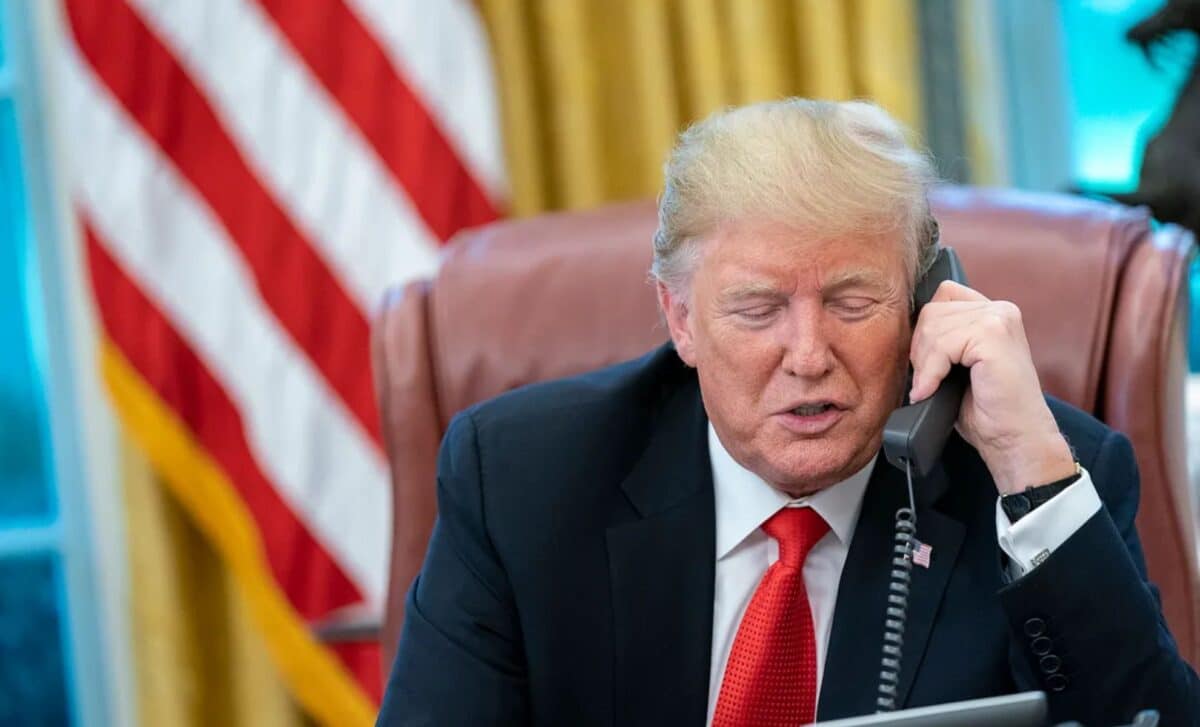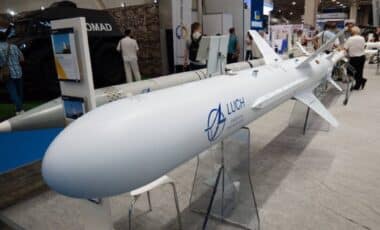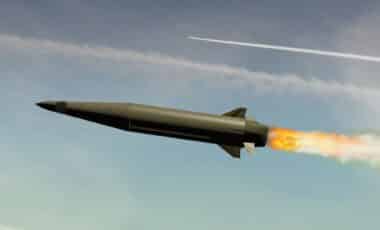A $142 billion defense deal between the United States and Saudi Arabia was announced this week by US President Donald Trump during his visit to West Asia. Touted by the White House as the largest arms agreement in American history, the move aims to reinforce ties with the Saudi monarchy and marks a significant moment in regional geopolitics.
The announcement was part of a broader diplomatic effort during Trump’s trip, during which he met Crown Prince Mohammed bin Salman and other high-ranking Saudi officials. The deal is intended to deepen cooperation in military hardware and technology transfers, anchoring the strategic alliance between Washington and Riyadh.
This agreement, made public while Trump was touring the region, represents a new chapter in US-Saudi relations. The House of Saud has long been a major purchaser of American weaponry, but the scale and scope of this deal have drawn global attention. According to Firstpost, the Trump administration promoted it as a landmark moment, aligning American defense priorities with Saudi interests amid ongoing regional tensions.
High-Tech Humiliation : Multi-Million Dollar Russian Helicopter Destroyed by Ukrainian Drone
A $142 Billion Defense Package
The deal includes weapons systems, military training, and infrastructure agreements. It is designed not only to bolster Saudi Arabia’s defense capabilities but also to create economic opportunities for American defense manufacturers. As stated by Firstpost, Trump emphasized the scale of the agreement as a direct indicator of the strength of the US economy and its industrial base, saying it would generate jobs and stimulate investment at home.
The agreement spans air defense systems, fighter jets, combat vehicles, and cybersecurity technologies. This arms package is viewed as a strategic asset for Saudi Arabia, whose defense posture has been significantly shaped by concerns over Iran’s influence and the instability in Yemen.
Trump Halts Airstrikes on Houthi Forces After Significant Losses
While in West Asia, Trump also announced an immediate ceasefire in US airstrikes against the Houthi militia in Yemen. The operation, known as ‘Operation Rough Rider,’ had been ongoing since March and involved extensive use of American military resources. Trump justified the decision by claiming the Houthis no longer wanted to fight, but behind this announcement lay heavy American losses.
The US reportedly lost seven drones, each valued at approximately $30 million, and two fighter jets worth around $120 million. Additionally, the campaign consumed thousands of bombs and missiles, with estimated operational costs nearing $1 billion in a single month. The scale of these losses was a key factor in the administration’s decision to halt military action.
Political Backdrop and Implications for US Foreign Policy
Trump’s defense deal and the ceasefire announcement occurred against a backdrop of complex international dynamics. His personal and family connections with Saudi leadership have drawn scrutiny in the past, and this agreement reinforces those ties. During the trip, he held direct talks with Crown Prince Mohammed bin Salman, further cementing diplomatic and economic relations.
This move also had consequences for other US allies, particularly Israel, which remains in active conflict with the Houthis. The sudden ceasefire caused friction, as Israeli authorities expressed concern over the unilateral nature of the decision. Trump’s explanation, that “they just don’t want to fight anymore,” was met with skepticism by several military analysts and diplomatic observers.








